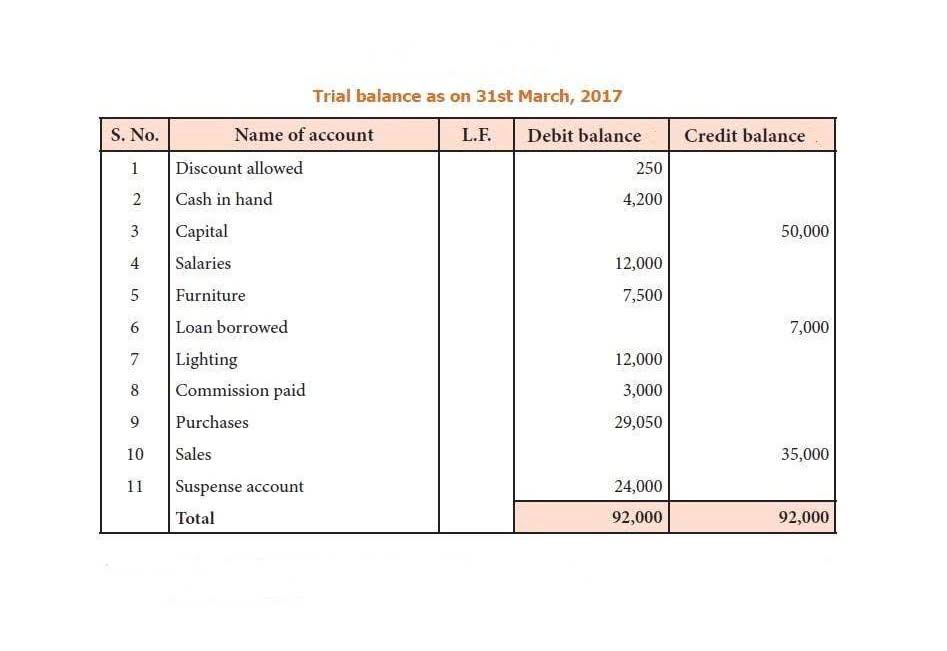
To ensure that the master budget aligns with strategic goals, it is essential to involve key stakeholders in the budgeting process. Their input can provide valuable insights into the resources needed to achieve the strategic goals. The production budget is a plan for the number of new products or services a business aims to manufacture. It is based on the sales forecast and considers the inventory levels, production capacity, and production efficiency. The production budget is essential for managing inventory levels, determining production costs, and achieving sales targets. In addition to the lower-level budgets, the master budget also includes budgets for capital expenditures and overhead costs.

Step 4: Create a direct labor budget
The labor and hiring budget is essential for managing human resources costs, ensuring compliance with labor laws, and achieving productivity targets. Regardless of the frequency of updates, businesses should review and adjust their master budget regularly to accurately reflect their current financial activities and objectives. Businesses should also communicate any changes to the budget to all relevant stakeholders to ensure everyone is on the same page.

Ensure Compliance
By regularly reviewing the master budget, businesses can ensure they meet all compliance requirements and avoid potential penalties or fines. By regularly reviewing the master budget, businesses can gather data and insights that can be used to improve forecasting accuracy. This can help businesses make more informed decisions and avoid potential financial pitfalls. However, many businesses do not have dedicated financial staff or may not have the experience necessary to create an adequate budget. A lack of communication between departments can also pose a challenge when preparing a master budget.
Project Budgeting Process – What Is It? And How Does It Work?
- The selling and administrative expense budget deal with non-manufacturing costs such as freight or supplies.
- Indirect labor costs are manufacturing labor costs that cannot be easily and economically traced to the production of the product, e.g. the production supervisor’s salary or quality control.
- This means considering the impact of their financial decisions on the environment, society, and the economy.
- Most organizations use historical data and current operating plans to estimate budgeted amounts.
- Maintaining a small amount of excess inventory is preferable to running out of inventory.
- Because of this problem, it may be better to employ the master budget as just a rough guideline for management’s near-term expectations for the business.
It reflects the Sales Budget, along with various other factors, such as inventory value at the beginning of the year, buffer stock levels, production capacity, and so on. That said, the inventory balance in the predicted Balance Sheet and the Cost of Goods Sold in the projected Income Statement are closely related. Thus, enforcing a master budget can skew the operational performance of a business. Because of this problem, it may be better to employ the master budget as just a rough guideline for management’s near-term expectations for the business. It’s important that you’re tracking your budget vs. actual totals with your accounting software, or by using a spreadsheet, to understand just how accurate (or wildly off-base) your projections are.

One of the most common mistakes businesses make when creating a master budget is overestimating their revenue. This can occur when businesses base their revenue projections on unrealistic assumptions, such as assuming that what is a master budget sales will grow exponentially without considering market conditions or competitors. To avoid this mistake, businesses should base their revenue projections on historical data, market research, and other relevant factors.
- These metrics can be used to track progress against the budget, identify areas of success and areas that need improvement, and inform decisions about resource allocation.
- If different departments have conflicting goals or are not aligned in their projections, it can create a disconnect in the budgeting process.
- Budgeting is a powerful tool that is widely used for planning, executing, and evaluating organizational operations.
- We emphasize the operating budget because of its prime importance to financial planning and control in a business entity.
- Stephanie began the first quarter of year 2 with 12,240 pounds in the beginning raw material inventory account.
- These numbers are taken from the direct materials budget, direct labor budget, and manufacturing overhead budget.
- Management understands that it needs to have on hand the 1,000 trainers that it estimates will be sold.
- Alli Oop produces and sells pink basketballs for professional players and charity events.
- Creating accurate projections for sales, production, and other key areas can be challenging in that case.
The direct materials purchases budget starts with the required production in units taken from the production budget. Sofia must purchase the materials required for each quarter’s production needs. Specifically, she wants to maintain a desired ending raw materials inventory in the current quarter equal to 10% of the next quarter’s total raw materials needs. The ending inventory in one quarter becomes the beginning inventory in the next quarter. Sofia began the first quarter of year 2 with 6,984 pounds of raw materials in the beginning raw materials inventory account.
Manufacturing Budget
Stephanie began the first quarter of year 2 with 12,240 pounds in the beginning raw material inventory account. Budgeting is a powerful tool that is widely used for planning, executing, and evaluating organizational operations. Most organizations use historical data and current operating plans to estimate budgeted amounts. In an established organization, an effective manager can make these estimates with remarkable accuracy. For example, if the lease payment is $2,000 per month it is easy to project in the upcoming budget that yearly rent expense will be $24,000.

Finished Goods Inventory and Cost of Goods Sold Budget
One of the most significant benefits of a master budget is that it provides a framework for measuring financial performance. By comparing actual financial results to the budgeted figures, businesses can identify areas where they exceed or fall short of their financial goals. Managers can use this information to adjust their financial plans and improve performance. The final budget to determine product costs is the manufacturing overhead budget.
- Another benefit of passing the amount of allowed expenses downward is that the final anticipated costs are reduced by the vetting (fact checking and information gathering) process.
- Preparing a master budget requires developing accurate revenue, expense, and cash flow forecasts based on historical data and market trends.
- Stephanie began the first quarter of year 2 with 2,000 units of Water Wiz in the beginning finished goods inventory account.
- Similar to the individual budgets that make up the operating budgets, the financial budgets serve to assist with planning and monitoring the financing / cash requirements of the business.
- If you’re not manufacturing items, you can skip the production budget and focus on the materials budget instead.
- With these skills, the finance team can create an accurate and reliable master budget to guide the business’s financial activities and decision-making process.
This information is communicated to the supervisor, who then passes it on to upper levels of management. The advantages of this approach are that managers feel their work is valued and that knowledgeable individuals develop the budget with realistic numbers. The drawback is that managers may not fully understand or may misunderstand the strategic plan. The Master Budget is a comprehensive financial planning document that aggregates all of the inputs submitted by the various departments. More specifically, it compiles the business units’, departments’, and cost centers’ expectations and consolidates them in Budgeted financial statements.
